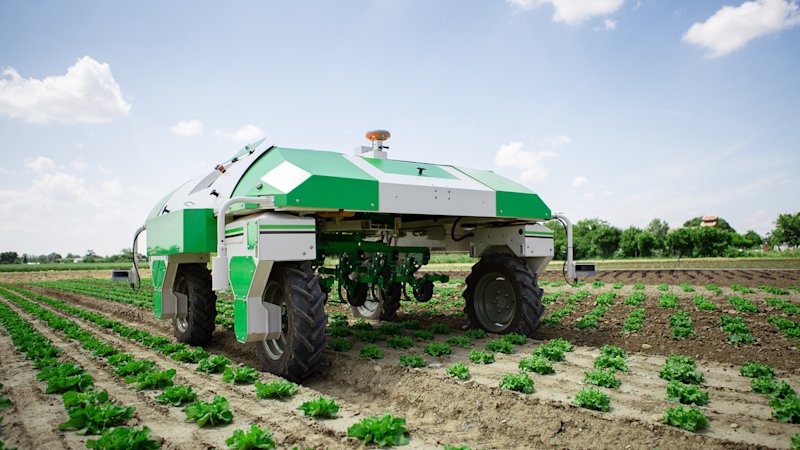For all the discussion about self-driving autos assuming control over our streets and truly consigning human drivers to the rearward sitting arrangement, it’s within the old act of agriculture where independent, man-made consciousness vehicles appear to be sure to enter administration first. the foremost recent proof? Weed-murdering robots.

A French organization called Naïo Technologies has created three distinctive robot electric vehicles equipped for expelling weeds from push crops, handling the two-headed cultivating messes of serious expenses for evacuating weeds and constant deficiencies of workers willing to roll in the hay. Also, it’s getting to the U.S. Notwithstanding having around 150 robots getting used in Canada, Europe, and Japan, Naïo has started testing its self-sufficient weeders at 15 distinctive business cultivates in California, Modern Farmer reports. The organization a month ago said it had raised €14 million (about $15.29 million), which it’s utilizing to a limited extent to drive into the U.S. advertise.
“Our weeding robots regard both the world and man,” representative Anouck Lefebvre discloses to Modern Farmer. “They give a solution for handle farmworker deficiencies, diminish the strenuous physical remaining burden of hand weeding, and limit the use of synthetic weed executioners.”
It’s not the most organization taking an attempt at self-ruling weed-murdering innovation. Ag goliath Deere in 2017 sprinkled out $305 million to urge a Silicon Valley startup that built up an accuracy herbicide-splashing robot called Lettuce Bot, while a San Francisco organization called FarmWise Labs, which has built up an orange robot weed-picker that appears sort of a tank, disclosed to Digital Trends it’s brought $14.5 million up in adventure subsidizing.
The innovation looks good for a less concoction concentrated fate of cultivating, with the likelihood of disturbing Big Ag. An investigation by UC Davis found that hand-weeding costs about $300 per section of land, while the pesticide, herbicide and hereditarily changed seed advertise that relies upon ranchers drenching fields unpredictably with synthetic concoctions is evaluated to be worth $100 billion.
Naïo has created three distinctive weed-picking robots: the lightweight Oz, intended for small ranches and nurseries; Ted, a hooped vehicle for vineyards that are now getting used in southern France; and Dino, the lead vehicle intended to handle weeds on huge scale vegetable homesteads. All join accuracy GPS route, mechanical weeding arms that utilization AI to differentiate weeds, and therefore the capacity to stipulate crops and send information to ranchers. They likewise highlight clever tank-going capacity to form U-turns in tight spaces.
The littlest model, the Oz, depends on four, 110-watt electric engines and either 24-volt lead or higher-extend lithium batteries, while Dino depends on lithium batteries and 4 electric engines, with a top speed of about 2.5 mph, a run time of as long as eight hours and therefore the touted capacity to hide to 12 sections of land for every day.
Naïo reveals to Modern Farmer it intends to open an indoor in California within the not so distant future to store, continue and showcase its robots, with a business dispatch expected stateside shortly from now too. This innovation typically isn’t modest — the Dino runs about $220,000 — however, Naïo imagines leasing them to ranchers or helping them on financing choices. Preliminaries within the U.S. have purportedly created promising outcomes.


